The Internet really began to enter the mainstream consciousness in the early 1990s. This meant that commercial business started looking towards the new technology and what it could do for them. Among other things that arrived was the first airline website.
Today any company worth its salt has a website, but it was not the case at the time. The new medium took a while to evolve and settle down into what we know today.
The First Airline Website
Once upon a time, there was an airline in Canada called Canadian Pacific Air Lines, who became known as CP Air for short. Pacific Western Airlines purchased them in 1987 and they became Canadian Airlines International.
How About Some Other Web Sites From Back Then?
Another defunct airline, Ansett Australia, also had a 1990s web site. The version I was able to find hails from October 1996 and the landing page amused me quite a bit.
What Do You Mean, A Form?
Forms were the only way to pass information from a web page to a human at the other side who could process it. For example, if you wanted to join Canadian Airlines’ frequent flyer programme, this is the form you would have to fill in online.
How About Aer Lingus, Qantas and British Airways?
Aer Lingus have the best example of what original web sites looked like. This is their site on 23 October 1996, and it is quite basic. The fact it says it is best viewed in Netscape 1.2 or Internet Explorer 2.0 or above shows its age. It even has “Other Interesting Sites” which is a links page. It includes their codeshare partners Delta, KLM and Sabena, plus lots of Irish tourism links.
Remember Technical Requirements Like This?
This is from the Qantas web site, I believe for the timetable programme that you could download and install. It took me back when I saw it so here it is. Remember dial-up modems? They need at least 9600 baud for the software! Even my first modem was faster than that at 14,400 baud, while the people with money at the time used super fast 28,800 baud modems.
Overall Thoughts
So you have your answer, Canadian Airlines created the first airline website. It didn’t take long for other carriers to follow and everything has evolved to the all singing, all dancing web sites we have today.
With technology improving all the time, in another 25 years I expect people will look back on today’s Internet thinking how primitive it is. Hopefully anyway!
Do you remember the first airline website or others from that era? Any specific memories of using them? Thank you for reading and if you have any comments or questions, please leave them below.
To never miss a post, follow me on Facebook, Twitter and Instagram.
All my flight and lounge reviews are indexed here so check them out!
Featured image via Pinterest.
All other images from the Internet Archive.




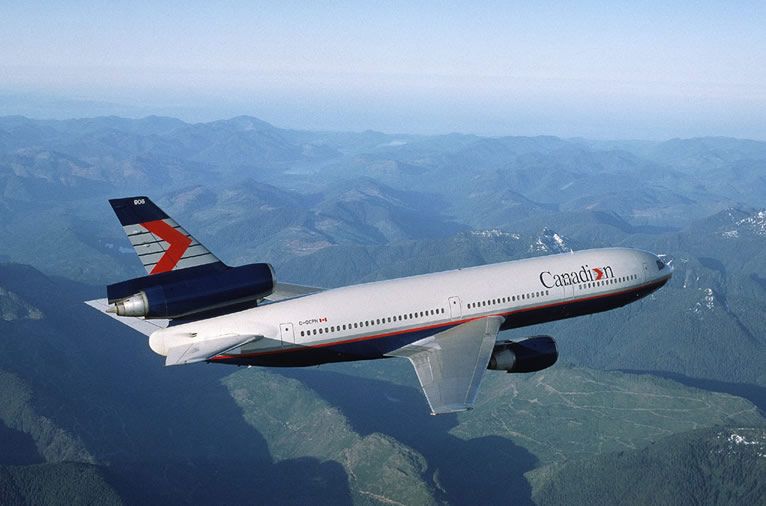


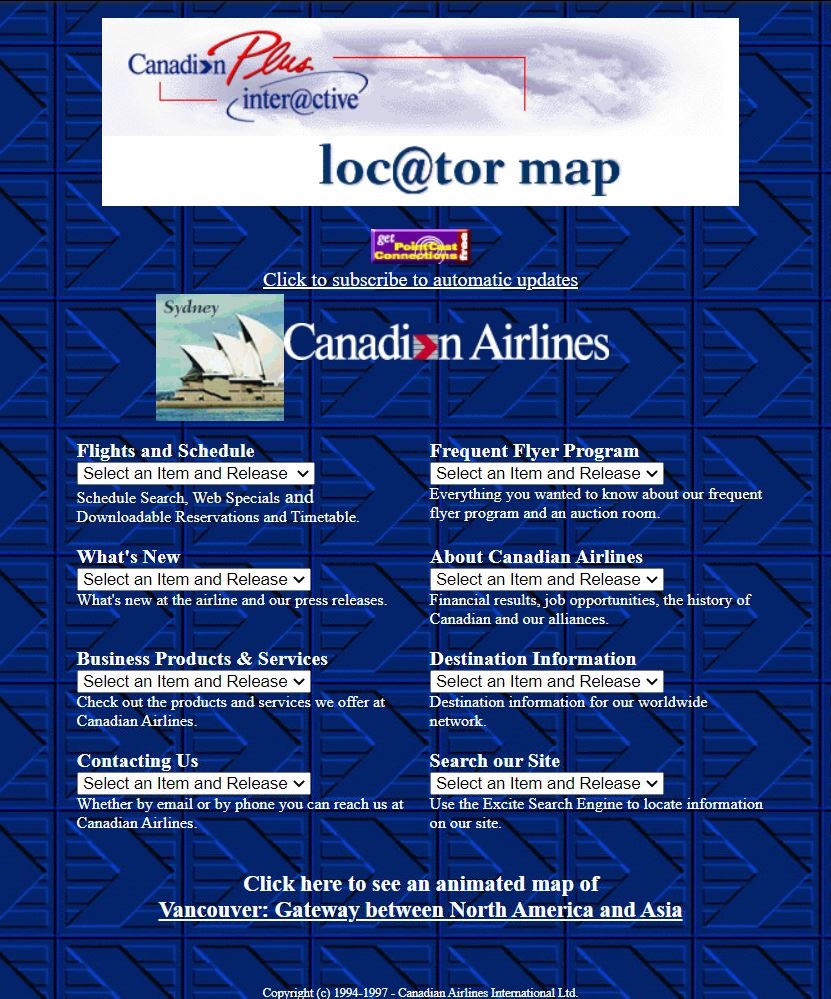
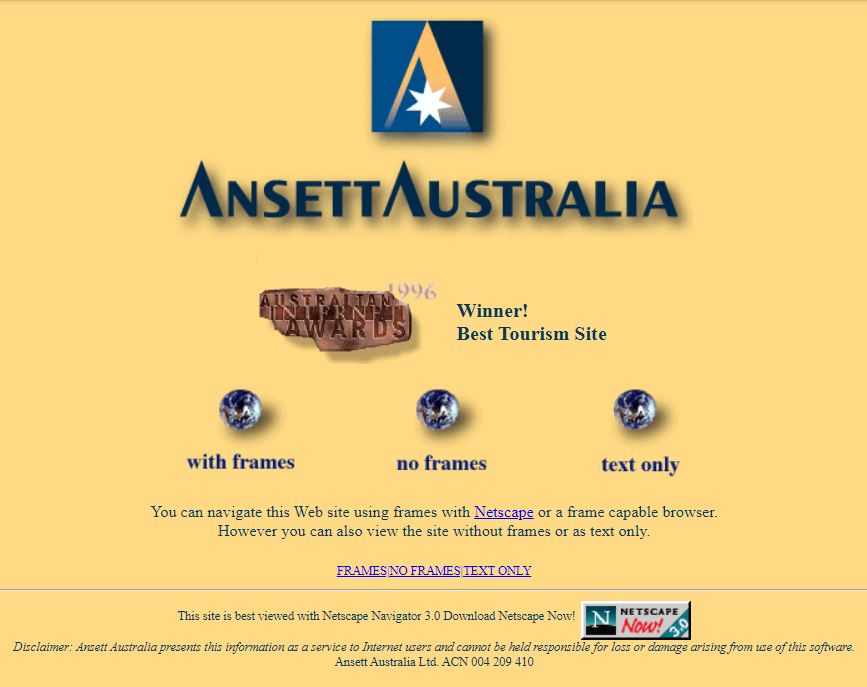
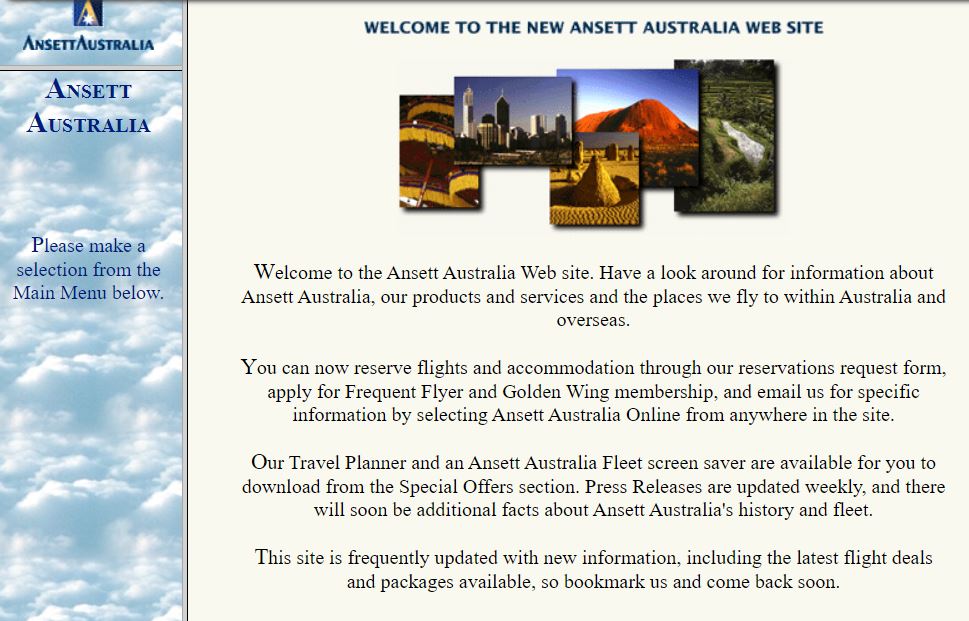
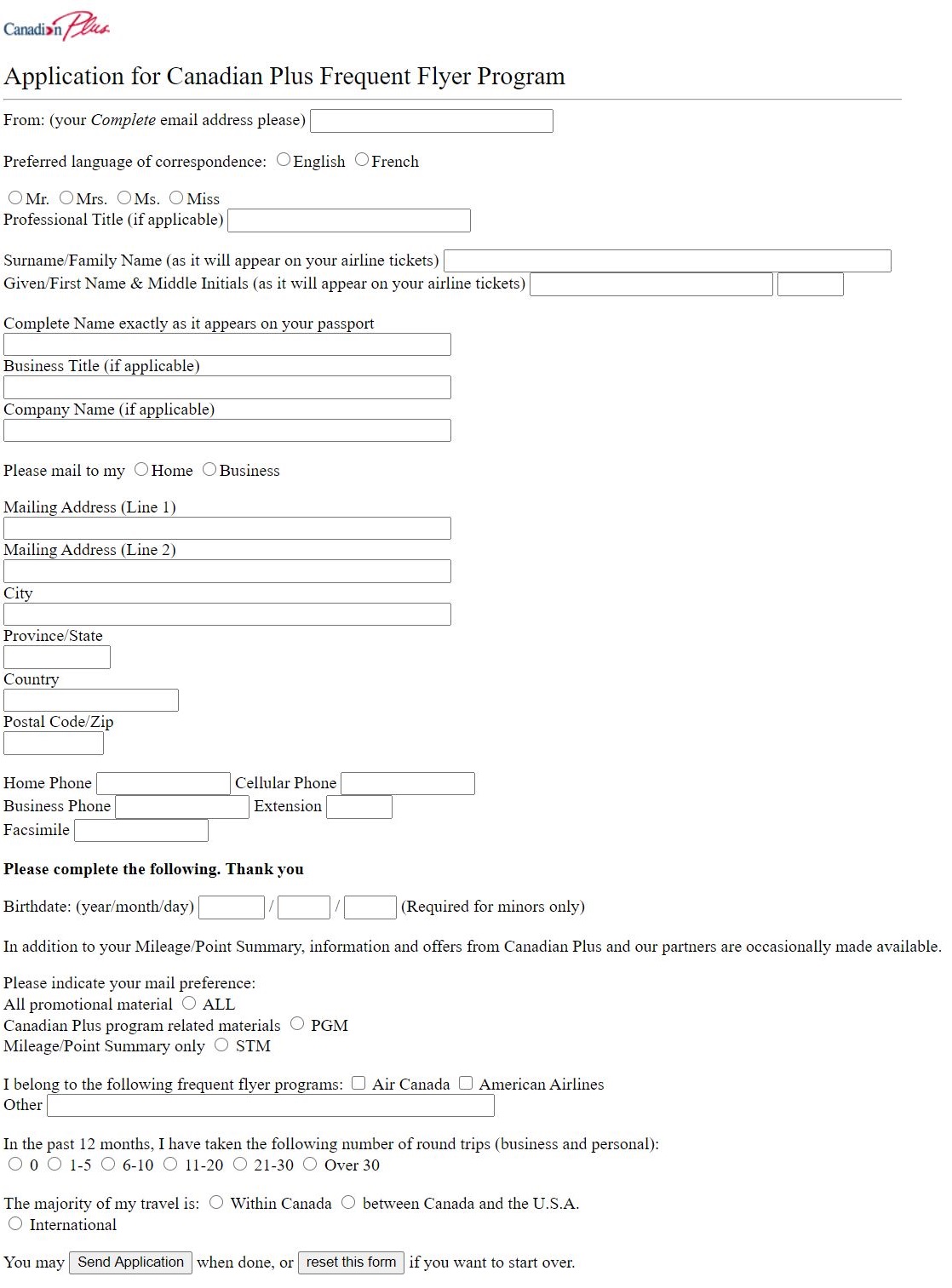
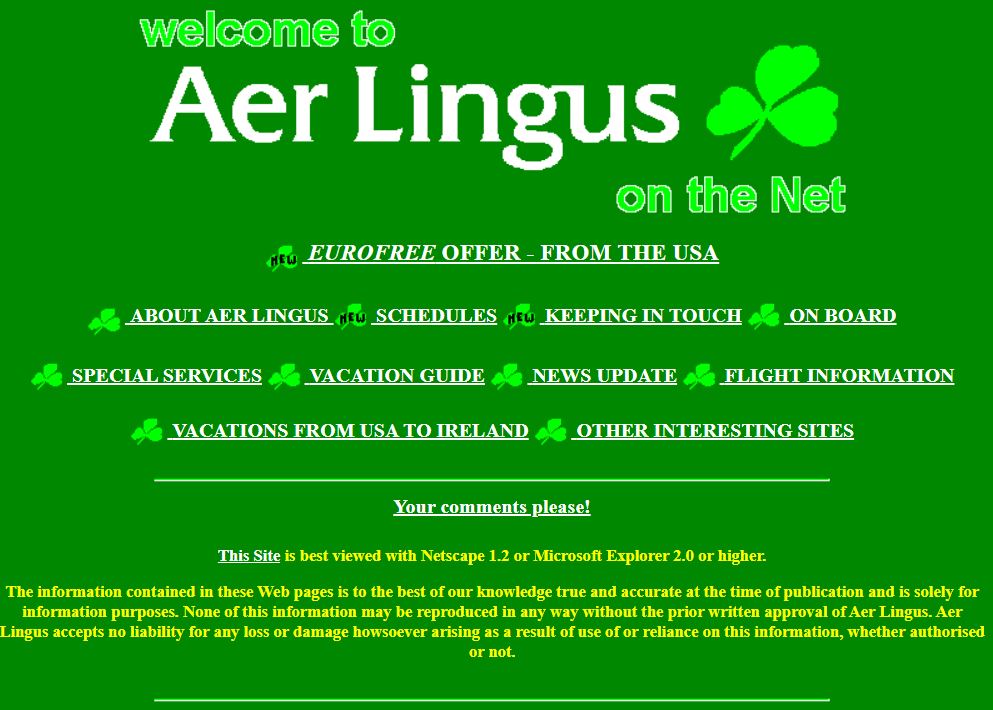
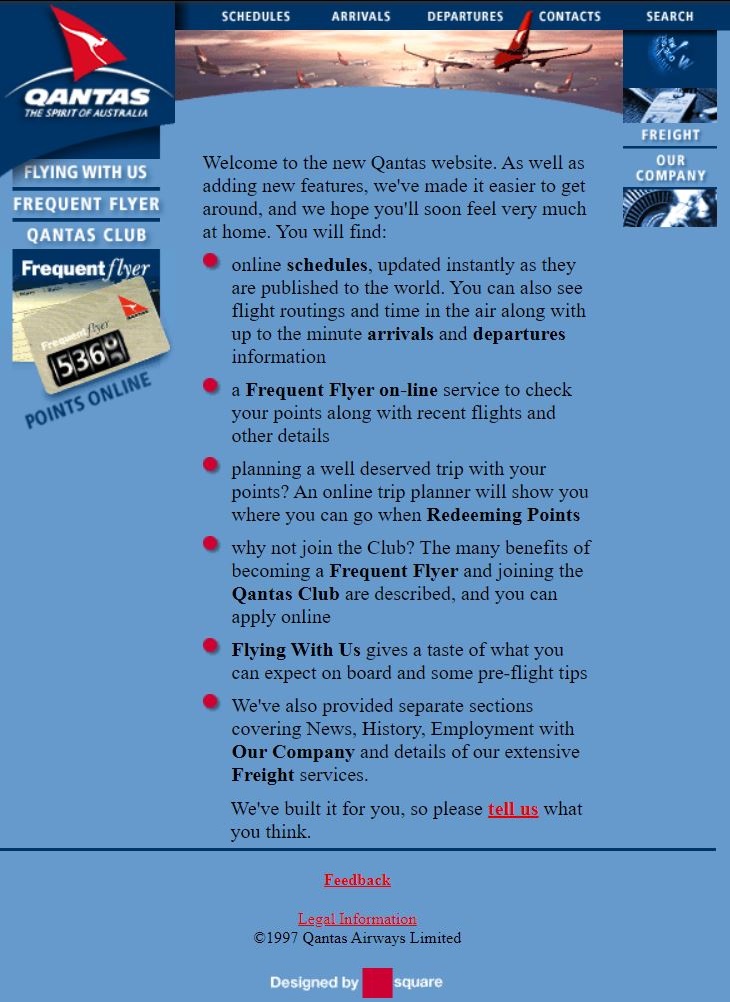


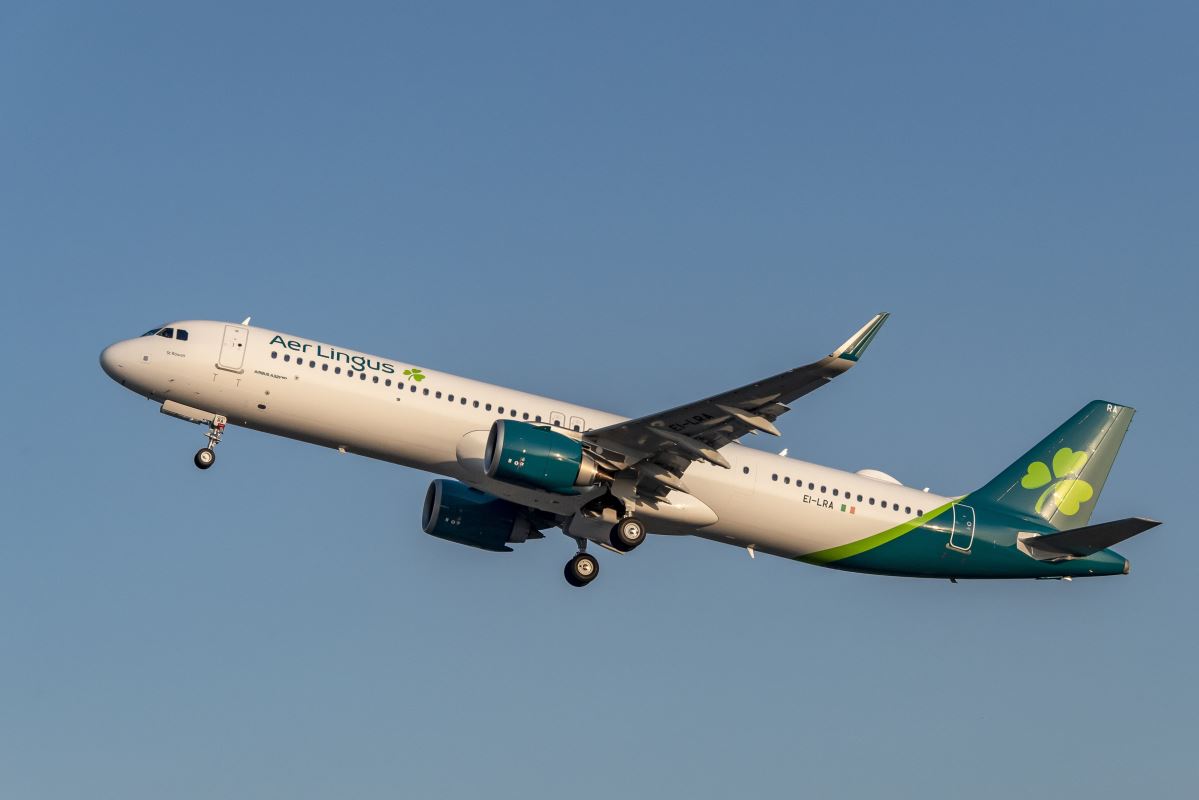

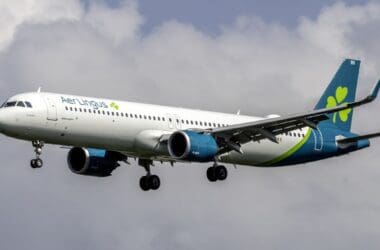
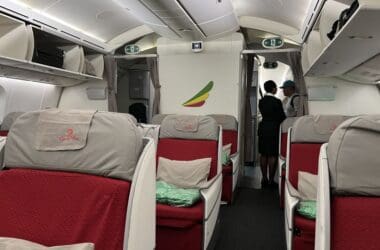
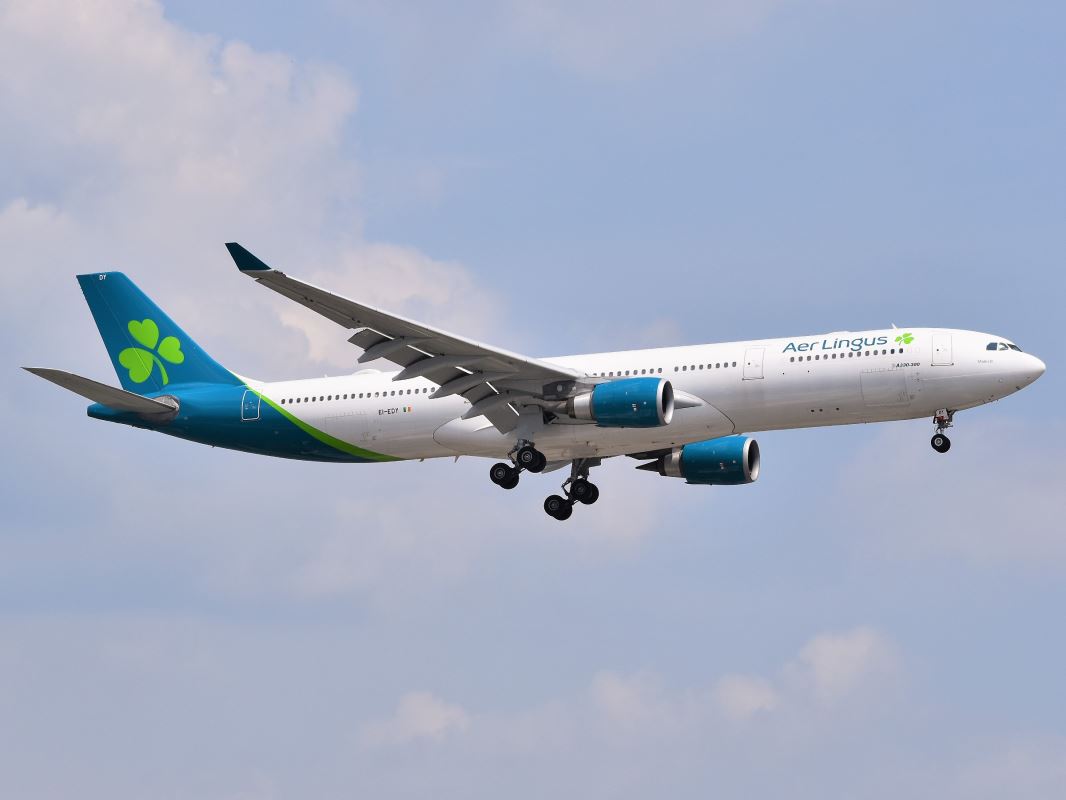
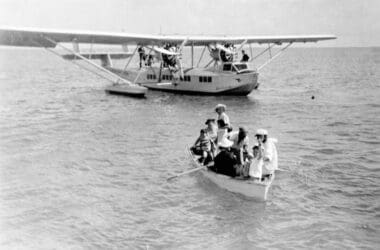
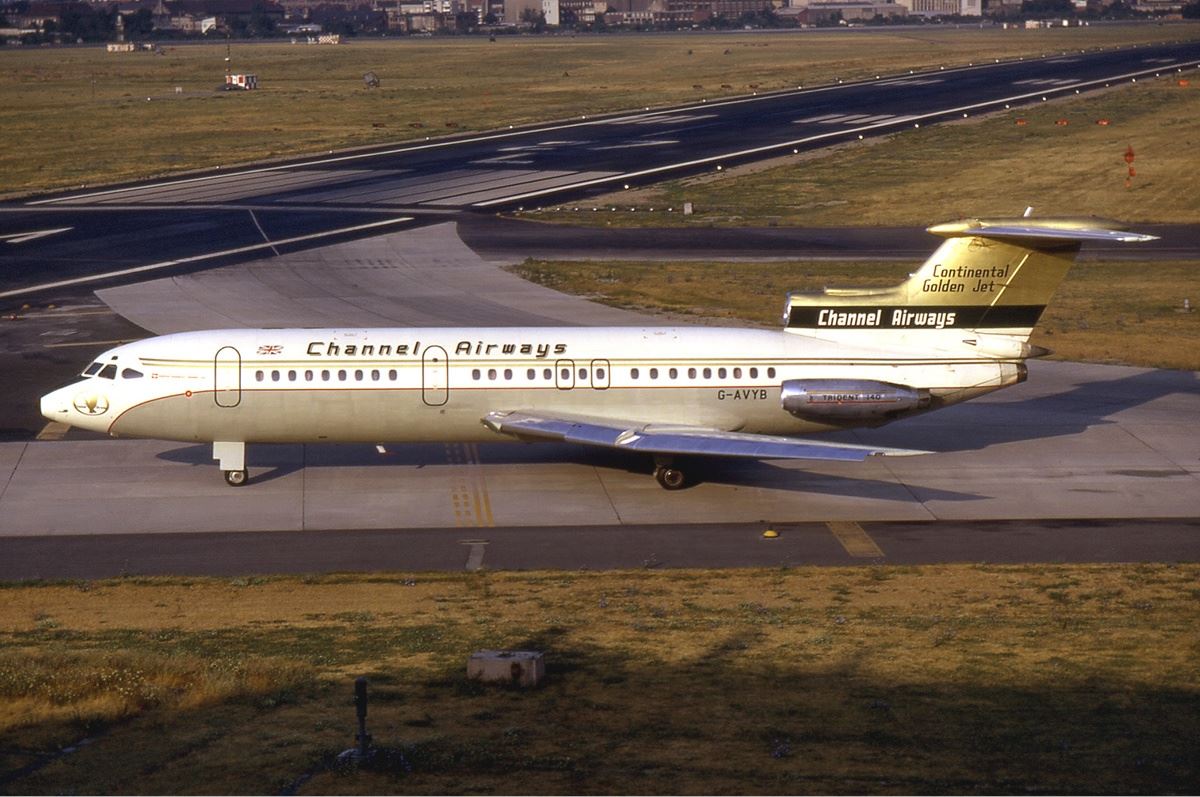

You Internet hipsters and your fancy, new-fangled web browsers! I used to subscribe to the old CompuServe service back in the 80’s with my 9600 dial-up modem. Among its many services were Eaasy Sabre (owned by AA) and TravelShopper (owned by TWA) which allowed you to search many airlines at once and purchase tickets. They would then be mailed to you or if you were in a rush picked up at your local airline office.
Hahaha! That’s us! Thanks for that, I was not aware of the fact you could purchase tickets on CompuServ, which is a pretty cool thing to know. You would have been on the cutting edge of technology with a 9600 modem at that time. The speed! 🙂 Great to know, I really appreciate that.
In 1991my boss brought into the office his new laptop. He pointed out a few features and sites, among them AA.com. While you could do little else other than get some travel information, it was nevertheless a genuine travel site.
Hello Trent, really interesting topic one which ought to have been offered to national media. Must have taken so much time to compile. In a way rail sites have followed their airline counterparts … only now have the train firms (here and in mainland Europe) developed decent, although still not perfect, booking sites. As for the airlines you ought to have noted the LCCs who were the first I believe with simple, consumer-friendly websites from the mid-1990s. Of course they could do this because they sell and simple product and did not interline (at that time).
Yes, it seems Southwest Airlines had online bookings in 1997 – “Ticketless Travel” and a whole bunch of instructions around supported browsers, how quickly you needed to complete your reservation and so on. Perhaps a follow up – “Who was the first airline to allow online bookings?” would be something to do next. Thanks for the comment, Alex.
Indeed. BA’s Go was “ticketless” when it launched in 1998. Go never had paper tickets. Our (myself and family) early LCC flights at that time were all with Go on the Anglo-Scottish domestic routes. We just needed to walk up to the check-in counter, quote our family name and then the bags would be tagged and a seat assignment offered. Later of course all LCCs gradually charged for these frills.
Yes, I remember hearing about Go. Makes sense all round, really.